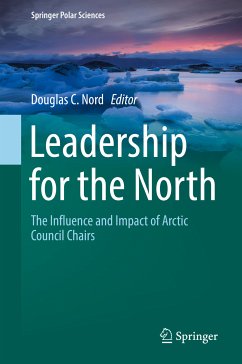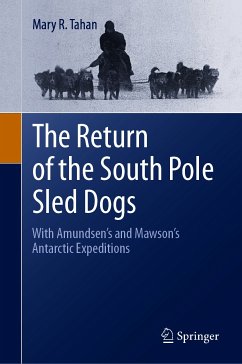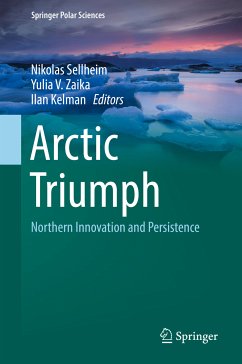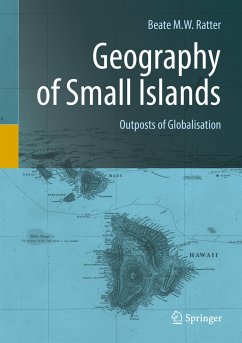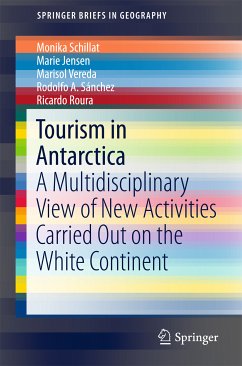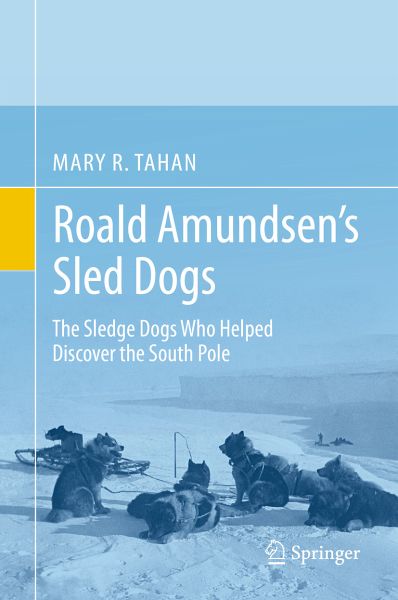
Roald Amundsen's Sled Dogs (eBook, PDF)
The Sledge Dogs Who Helped Discover the South Pole
Versandkostenfrei!
Sofort per Download lieferbar
56,95 €
inkl. MwSt.
Weitere Ausgaben:

PAYBACK Punkte
28 °P sammeln!
This book is an analytical account of how Roald Amundsen used sledge dogs to discover the South Pole in 1911, and is the first to name and identify all 116 Polar dogs who were part of the Norwegian Antarctic Expedition of 1910-1912. The book traces the dogs from their origins in Greenland to Antarctica and beyond, and presents the author's findings regarding which of the dogs actually reached the South Pole, and which ones returned.Using crewmember diaries, reports, and written correspondence, the book explores the strategy, methodology, and personal insights of the explorer and his crew in em...
This book is an analytical account of how Roald Amundsen used sledge dogs to discover the South Pole in 1911, and is the first to name and identify all 116 Polar dogs who were part of the Norwegian Antarctic Expedition of 1910-1912. The book traces the dogs from their origins in Greenland to Antarctica and beyond, and presents the author's findings regarding which of the dogs actually reached the South Pole, and which ones returned.
Using crewmember diaries, reports, and written correspondence, the book explores the strategy, methodology, and personal insights of the explorer and his crew in employing canines to achieve their goal, as well as documents the controversy and internal dynamics involved in this historic discovery. It breaks ground in presenting the entire story of how the South Pole was truly discovered using animals, and how deep and profound the differences of perception were regarding the use of canines for exploration.
This historic tale sheds light on Antarctic exploration history and the human-nature relationship. It gives recognition to the significant role that animals played in this important part of history.
Using crewmember diaries, reports, and written correspondence, the book explores the strategy, methodology, and personal insights of the explorer and his crew in employing canines to achieve their goal, as well as documents the controversy and internal dynamics involved in this historic discovery. It breaks ground in presenting the entire story of how the South Pole was truly discovered using animals, and how deep and profound the differences of perception were regarding the use of canines for exploration.
This historic tale sheds light on Antarctic exploration history and the human-nature relationship. It gives recognition to the significant role that animals played in this important part of history.
Dieser Download kann aus rechtlichen Gründen nur mit Rechnungsadresse in A, B, BG, CY, CZ, D, DK, EW, E, FIN, F, GR, HR, H, IRL, I, LT, L, LR, M, NL, PL, P, R, S, SLO, SK ausgeliefert werden.




